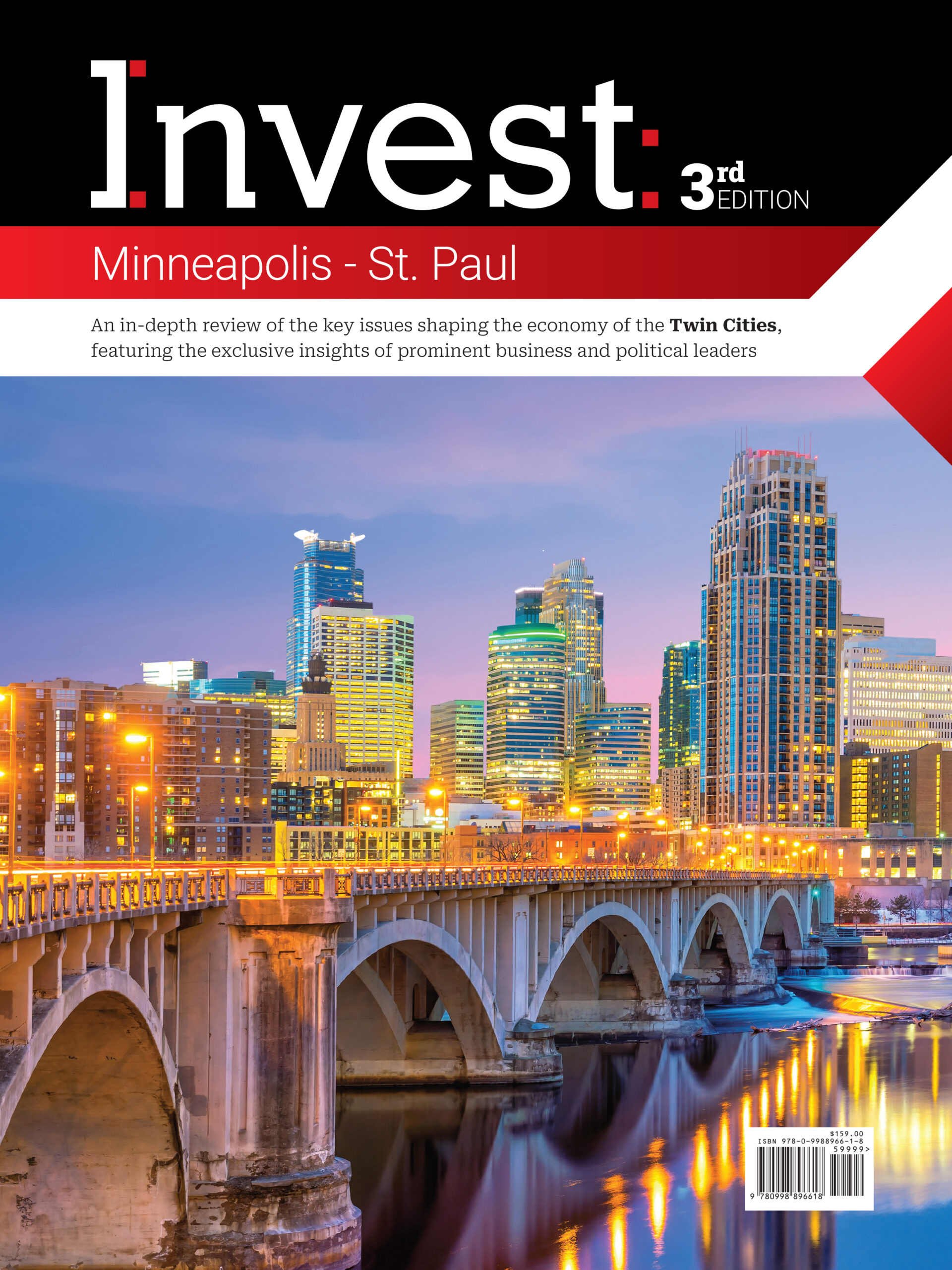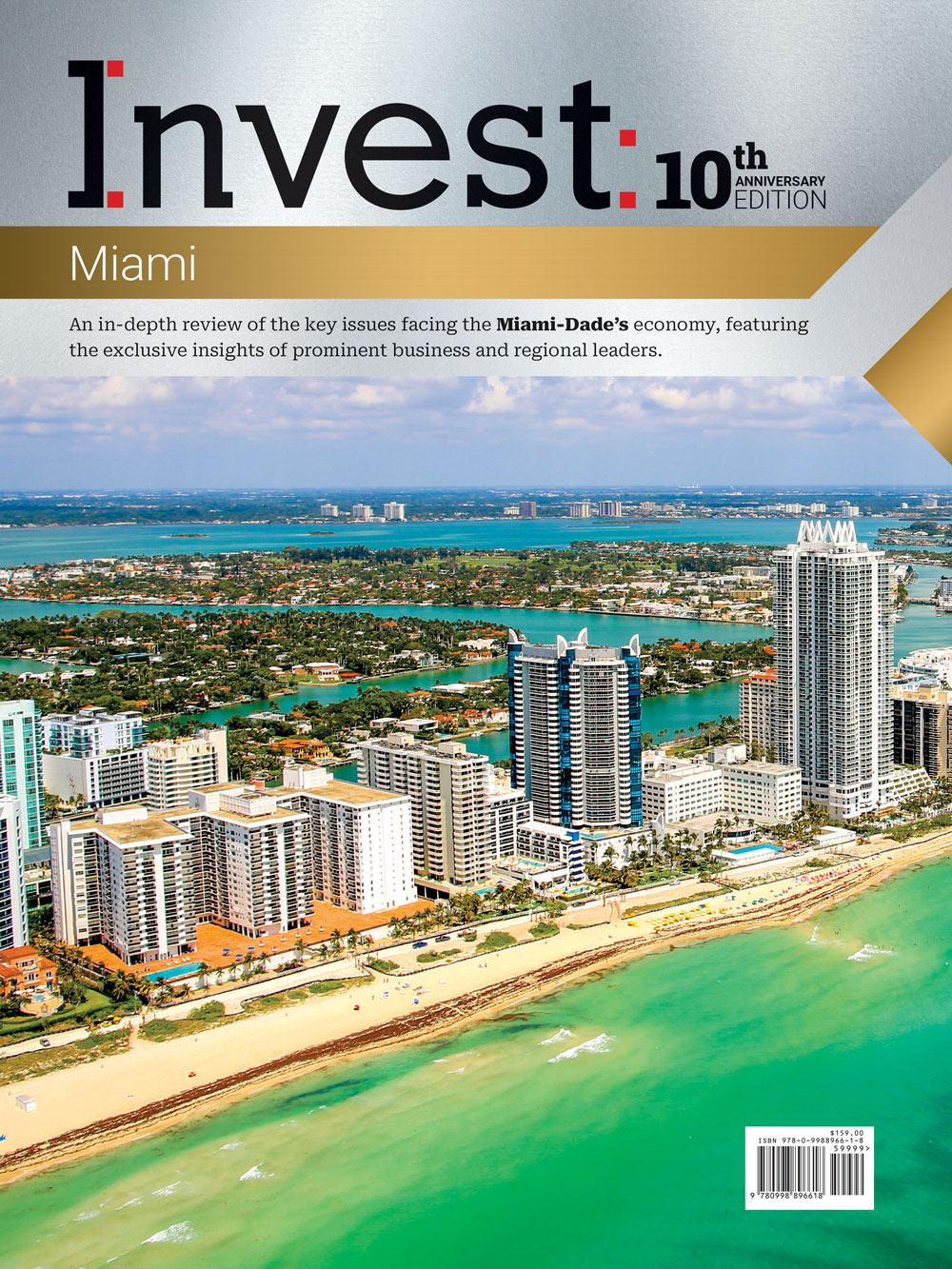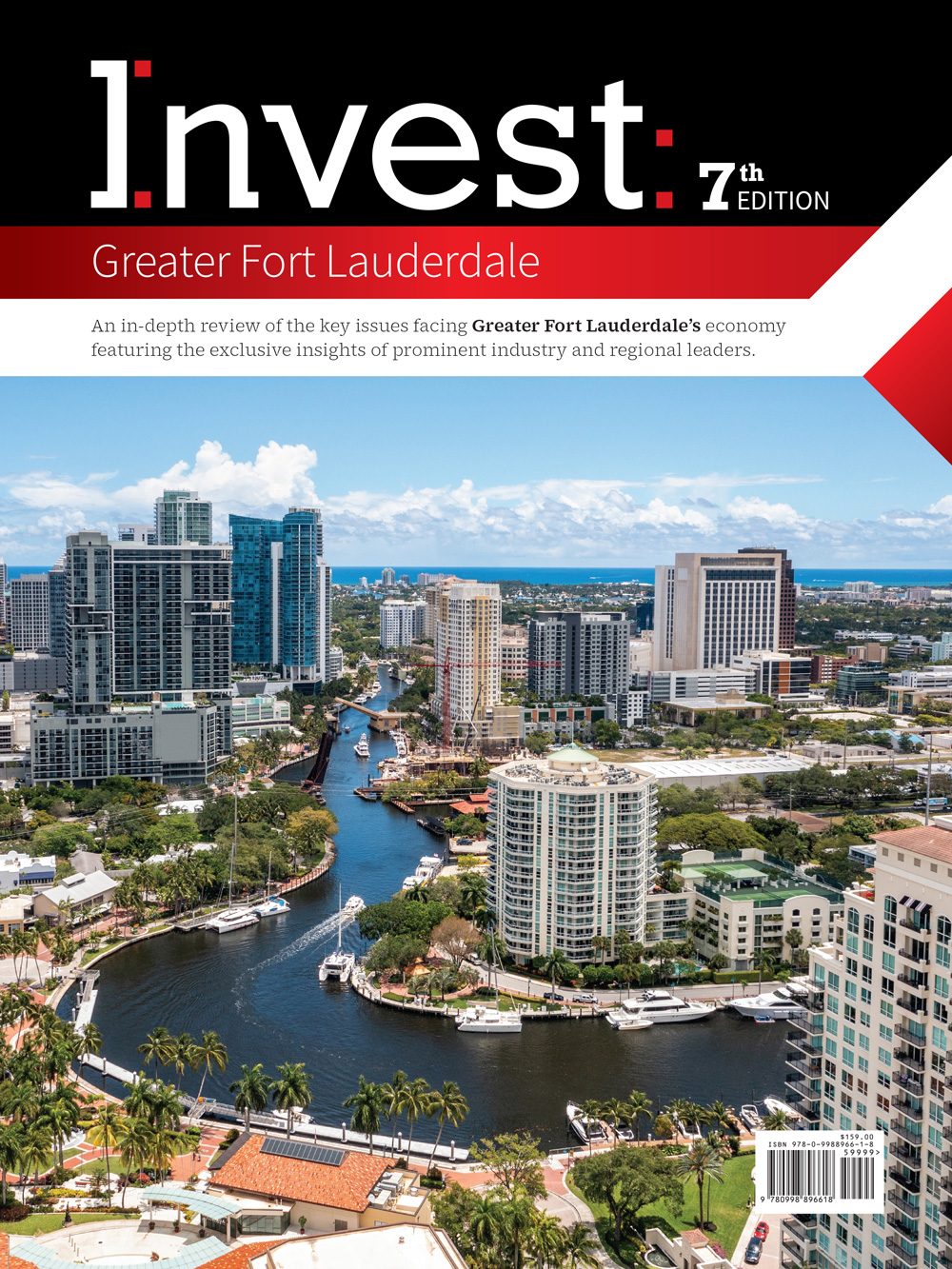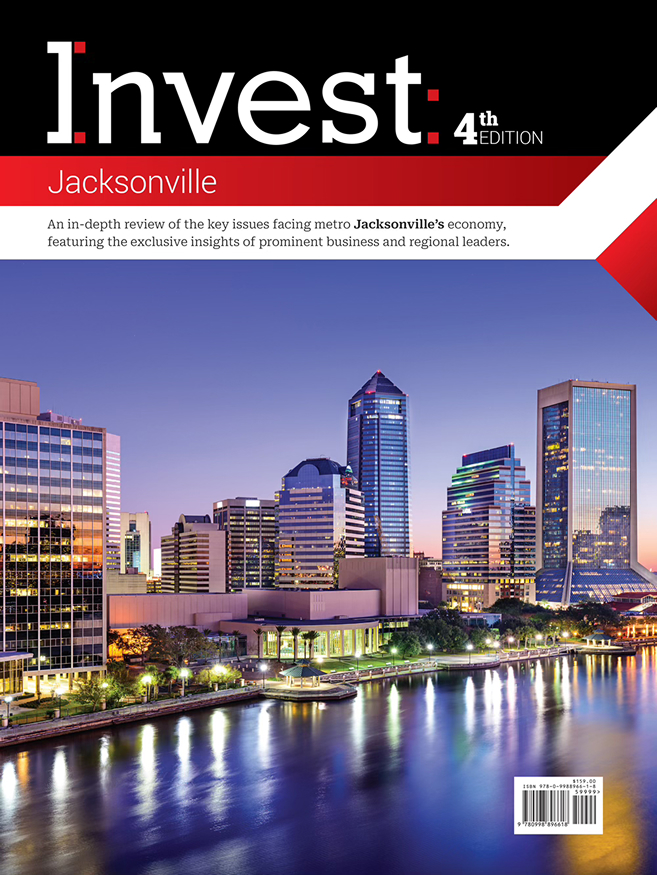Spotlight On: Vincent Lewis, Assistant Director, Dallas Airport System (DAS)
 July 2024 — In an interview with Invest:, Vincent Lewis, assistant director of the Dallas Airport System (DAS), talked about how Dallas Love Field Airport was one of the quickest medium-sized hubs to bounce back after the COVID-19 pandemic. He also described how the airport engages neighboring communities when new projects are at hand and the sustainability initiatives that the airport is implementing.
July 2024 — In an interview with Invest:, Vincent Lewis, assistant director of the Dallas Airport System (DAS), talked about how Dallas Love Field Airport was one of the quickest medium-sized hubs to bounce back after the COVID-19 pandemic. He also described how the airport engages neighboring communities when new projects are at hand and the sustainability initiatives that the airport is implementing.
What are some of the most important achievements of the Dallas Airport System in the past year?
One of our big achievements is the Level Four – Transformation in the Airport Carbon Accreditation (ACA) that we received this year. Only five airports in the U.S., and only two in Texas, have reached that level, so we are proud of that. We are also proud of the Motherhood Loves Community Award that DAL recently won. We are ranked the #1 best kid-friendly airport, so our goal for customer satisfaction is always high. We try to ensure that we provide the best service we can to all customers.
We also aim to keep things simple. The last thing we want to do is add complication to the public as they travel. Instead, we aim to make it comfortable, easy, and seamless while navigating through Dallas Love Field or Dallas Executive Airport.
How does the Dallas Airport System collaborate with communities neighboring its airports?
The Dallas Airport System is a city-run and city-owned operation in charge of Dallas Love Field Airport, Dallas Executive Airport, and the Vertiport in downtown Dallas. We include the neighborhoods and communities in everything that we do at Love Field and Dallas Executive. Our Good Neighbor Program includes quarterly executive steering committee meetings with residents. We offer updates on ongoing projects, initiatives that we are considering, and planning projects that are under design or under construction to get the community’s feedback and input.
What initiatives has the Dallas Airport System implemented to engage the community in and around its facilities?
One of the projects that we have right now under construction is the Lemmon Avenue Streetscape, which services both residents commuting the street and the Love Field Airport. As part of our community contributions, we are doing sidewalk enhancements, such as adding lighting and landscaping. We will match that lighting with what we have in the entryway to Love Field itself at Herb Kelleher Way. We want the lights in both streets to match to create a semi-district feel for Love Field.
We want to ensure that the community feels like they are part of us rather than us standing alone and separate from them. Therefore, we keep the neighboring communities up to date on projects and how those projects may impact the communities in terms of traffic around the airport and in the nearby neighborhoods. While we try to keep traffic out of the neighborhoods and on the mainland roads, sometimes we may need to access those neighborhoods for a month or two for construction purposes. We try to keep the community abreast of that as we proceed.
How do the operations of Dallas Executive Airport and Dallas Love Field Airport contribute to job creation, economic growth, and tourism in the Dallas-Fort Worth area?
No matter how small or large a project is, we ensure that we offer minority and local participation. As with all projects of the city of Dallas, there are set goals for the participation of Minority- and Women-owned Business Enterprises (MWBE) and Disadvantaged Business Enterprises (DBE) that are in place prior to advertisements. When a contractor bids on a project and they are not a minority contractor, they must ensure that they get a certain percentage of participation from a minority contractor that is trying to build their brand. In this way, we try to ensure that we have participation of those businesses even on federal projects where we will receive federal funding.
We try to ensure economic growth for minority contractors in both construction and design. The goal that we set for their participation in design depends on the project. For instance, a $40 million project may have a 34% design goal that must have a MWBE or DBE among their subconsultants. In that sense, we try to ensure that local minorities work in those projects, particularly from Texas, and if possible, from Dallas.
We work with our Small-Business Center to ensure that they provide a list of all the minority firms that can do the work. We also try to break out the work into as many categories as possible, from hauling dirt to providing signs, to ensure that minority contractors have an opportunity to at least look at a construction project and see if they can bid on it or be a subcontractor to those contractors.
How is the Dallas Airport System adapting to the recovery of the travel landscape after the COVID-19 pandemic?
We are experiencing a higher number of travelers. We probably had one of the fastest post-pandemic recoveries, especially being the largest medium-sized airport. While we are a medium hub, we have so much aircraft traffic, and tourism is up for us. Moreover, since Dallas will host the most games of any city in the 2026 FIFA World Cup, we anticipate that both Dallas and Love Field will be extensively preparing for the influx of people coming in for the soccer tournaments in 2026.
We are already preparing for the World Cup by looking for ways to streamline people coming in and out of the country and maybe work with customs and border patrol to accommodate them here. We are also trying to figure out transportation. We have heard that the World Cup has a crowd magnitude of 9 to 10 Super Bowls. We need to ensure we are prepared for that. We are looking at the technologies and seeing how we can help people get in and out using AI to make it as seamless and advanced as possible. We are also looking at touchless check-ins among other things, as they are more efficient.
Considering the commitment of the Dallas Airport System to environmental stewardship, what sustainability initiatives are being implemented?
Our Level Four carbon accreditation is one of the best indicators of our environmental stewardship. We implemented a test model for JetWind Power Corporation, LLC that utilizes an energy capturing pod (ECP) that captures the high gust winds from an aircraft and converts it into reusable energy. We are open to looking at anything that can minimize our carbon footprint even more and become more efficient while also implementing a technology that no other airport has.
We now have approval to purchase additional energy capture pods from JetWind Power Corporation, LLC. Once we have those pods in place, we will implement additional EV-charging stations and in-terminal charging stations for airport patrons. That is an innovative way to be sustainable and reduce our carbon footprint.
What is your vision for the future of the Dallas Airport System in the Dallas-Fort Worth metroplex?
We want to improve our access into Love Field and in doing so, we can improve the traffic volumes at Love Field as customers enter Herb Kelleher Way, making a two-tier entrance. Parking is always a huge consideration. Our three parking garages fill up quickly as we have more passengers, especially during the holidays.
Given the confined space that we are in, improving access to the airport is probably our biggest innovation. We also need to help with Uber and taxi access to improve the customer experience.
We are constantly making strides to improve and stay at the top of our industry in whatever direction it is headed. Both the city and the department leadership are on board. We do not want to be left behind, so we will watch, observe, and find new ways to improve. We must keep our hands on the pulse of the industry standards. It is encouraging for us to see things at conferences or in training courses and figure out ways to implement them at Love Field Airport. Not everything may be a good fit for us, but we should always consider them.
For more information, please visit:













